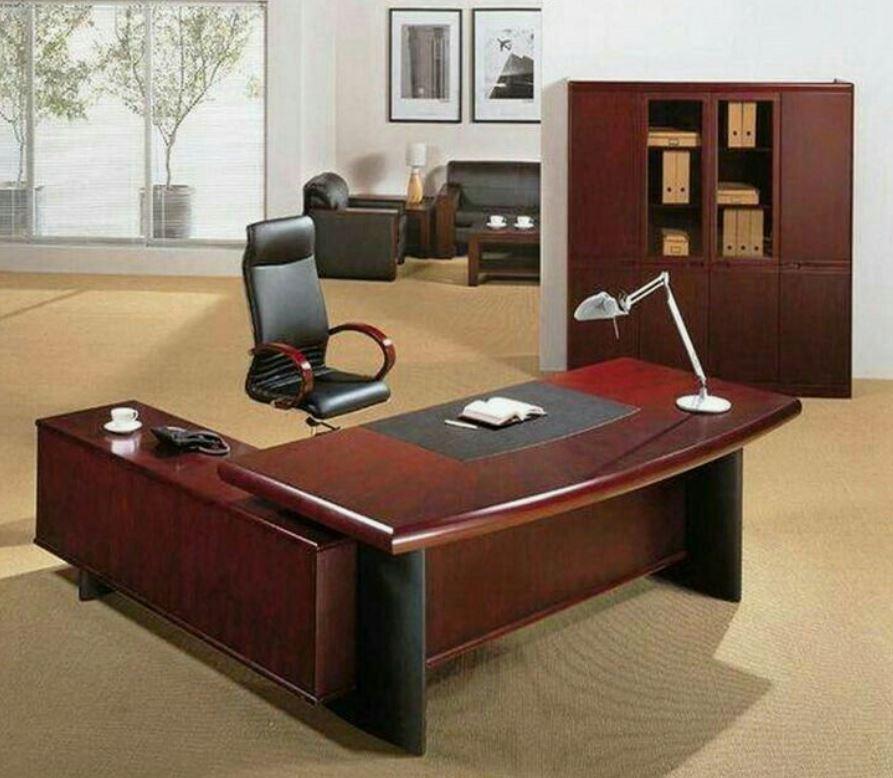Office Furniture in Enhancing Workplace Productivity

Office furniture plays a critical role in shaping the work environment and directly impacts employee productivity, satisfaction, and overall well-being. In today's fast-paced business world, companies are no longer focused solely on function when selecting workplace furnishings. Instead, they are considering a more holistic approach that balances design, ergonomics, sustainability, and flexibility. The choice of office furniture affects everything from posture and health to collaboration and company culture. Employers who invest in modern, high-quality office furniture often see a significant boost in employee morale and performance. By understanding how furniture influences the workspace, businesses can make better decisions that align with both their operational needs and human resource goals.
The Importance of Ergonomics in Office Furniture
Ergonomics is a crucial factor in office furniture design. Poorly designed desks, chairs, and workstations can lead to back pain, eye strain, repetitive stress injuries, and other health issues. Employees who are uncomfortable are more likely to become distracted, fatigued, or even miss work due to health concerns. Ergonomic office furniture, such as adjustable chairs with lumbar support, sit-stand desks, and monitor arms, can significantly reduce physical strain. These types of furniture support natural posture and movement, helping to prevent long-term injury. Providing ergonomic solutions is not just a trend—it is a necessity for creating a healthy and efficient workplace. Businesses that prioritize ergonomics in their office setup demonstrate care for employee welfare, which can improve retention and job satisfaction.
How Design and Aesthetics Influence the Work Environment
Beyond functionality, the design and aesthetics of office furniture also play a major role in how employees feel about their workspaces. A well-designed office with visually appealing furniture can inspire creativity, foster collaboration, and create a more pleasant atmosphere. Color schemes, materials, and textures influence mood and behavior. For example, clean and minimalist furniture designs can promote focus and calmness, while vibrant and modern pieces can energize the space. Additionally, the layout and flow of furniture contribute to the efficiency of communication and teamwork. Collaborative areas with comfortable seating and open tables encourage brainstorming and interaction, whereas private workstations provide the solitude needed for deep focus. The right combination of design elements creates a balanced work environment that supports a variety of tasks and work styles.
Sustainability and Eco-Friendly Furniture Choices
As businesses become more conscious of their environmental impact, sustainable office furniture is gaining popularity. Many manufacturers now offer eco-friendly options made from recycled or renewable materials. These sustainable choices not only reduce the carbon footprint but also reflect positively on a company’s brand image. Responsible sourcing, low-VOC finishes, and furniture with longer life cycles are key elements of green office solutions. Incorporating sustainability into office furniture decisions can also align with broader corporate social responsibility (CSR) initiatives. In some regions, investing in environmentally friendly furniture can also qualify businesses for tax incentives or green certifications. Choosing sustainable products supports the planet while contributing to a healthy and responsible work environment.
Flexibility and Adaptability for Hybrid Work Models
With the rise of hybrid and remote work models, the traditional office layout has undergone a transformation. Businesses are now seeking furniture solutions that are adaptable and flexible to accommodate different work settings. Modular office furniture, mobile desks, and multi-functional pieces are in high demand. These options allow companies to quickly reconfigure workspaces to support individual work, group projects, or client meetings. Flexibility is particularly important for coworking spaces and startups that need to scale or pivot frequently. In addition, providing employees with flexible seating or work zones shows trust and consideration for diverse work habits. The modern workplace is no longer static—it's an evolving ecosystem, and office furniture must be equally dynamic to keep up with changing demands.
Smart Office Furniture and Integration of Technology
Technology is becoming increasingly embedded in office furniture design. Smart furniture integrates power outlets, USB ports, wireless charging, and even IoT capabilities. For instance, smart desks can track sitting and standing times, encouraging healthier work habits. Conference tables are now equipped with built-in AV technology for seamless video conferencing. These advancements not only improve functionality but also streamline workflows and enhance the overall office experience. As remote collaboration tools become standard, furniture that supports seamless tech integration becomes essential. Employees need convenient access to power, connectivity, and tools without clutter. Investing in smart office furniture reflects a forward-thinking approach that supports innovation, agility, and digital transformation in the workplace.
Investing in Quality Furniture for Long-Term Value
While it might be tempting to opt for cheaper alternatives when furnishing an office, investing in high-quality office furniture pays off in the long run. Durable materials, superior craftsmanship, and warranty-backed products often last longer and require fewer replacements. Quality furniture maintains its appearance and performance over time, reducing maintenance costs and disruptions. Moreover, the right furniture can adapt to organizational changes, growing with the company rather than needing to be replaced frequently. It also adds a layer of professionalism that leaves a positive impression on clients and visitors. Businesses that prioritize value over cost demonstrate a commitment to excellence that resonates internally and externally.
Creating Inclusive Workspaces Through Furniture Design
Inclusivity in the workplace extends to the furniture being used. Companies must consider accessibility for all employees, including those with disabilities or specific physical needs. This includes height-adjustable desks, wider chairs, accessible meeting spaces, and alternative seating options. Designing inclusive environments ensures that everyone feels respected, valued, and able to perform at their best. It also promotes diversity and equity, which are essential components of a positive workplace culture. Inclusive office furniture design not only adheres to legal standards but also reflects ethical business practices that foster belonging and engagement.
Conclusion
Office furniture is more than just a set of tables, chairs, and cabinets—it is a powerful tool that shapes the way employees work, interact, and thrive. From ergonomic design and aesthetic appeal to sustainability and smart technology, every aspect of office furniture contributes to the overall success of a business. Whether you're a startup designing your first office or a large enterprise upgrading your workspace, making thoughtful choices about furniture can yield lasting benefits. For companies aiming to stay competitive in today’s dynamic work environment, investing in versatile and high-quality office furniture is no longer optional—it's essential. To experience the difference that expertly crafted and purpose-driven furniture can make, trust Office Furniture to elevate your workspace with style, function, and innovation.





